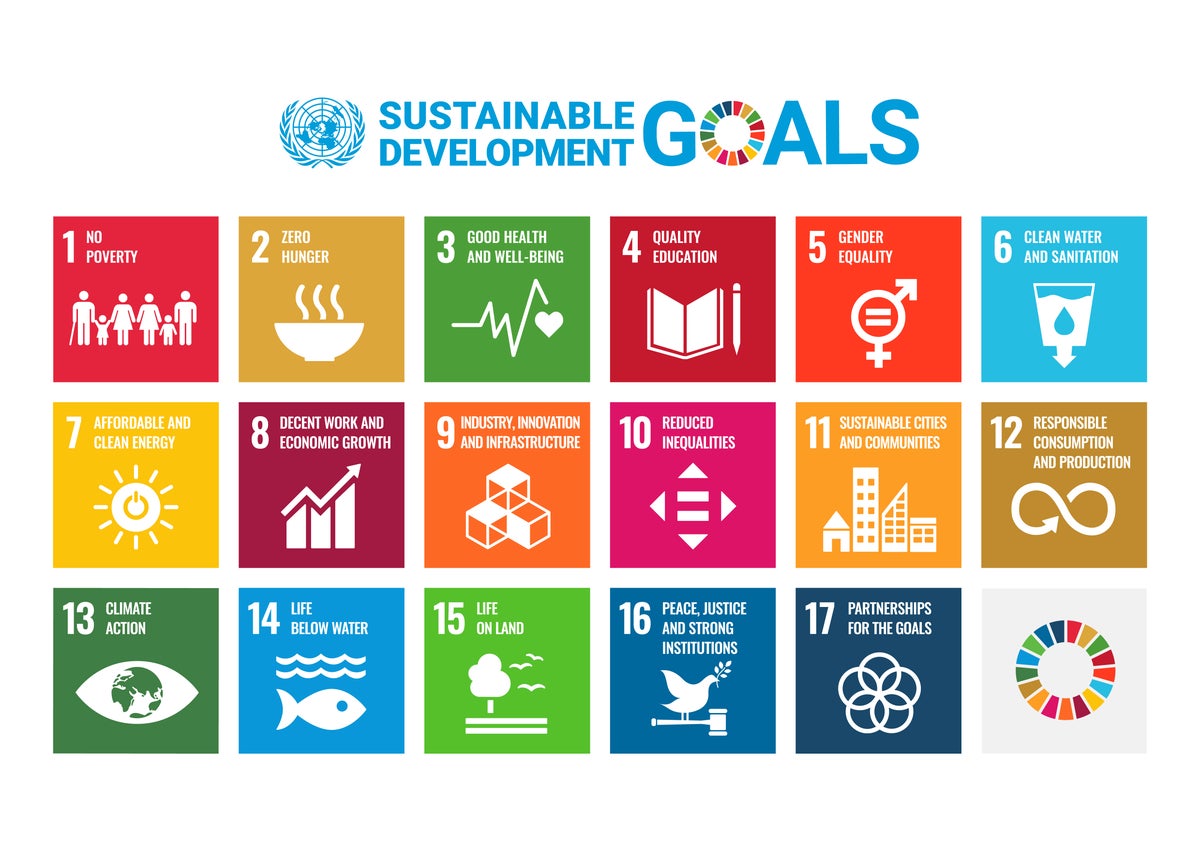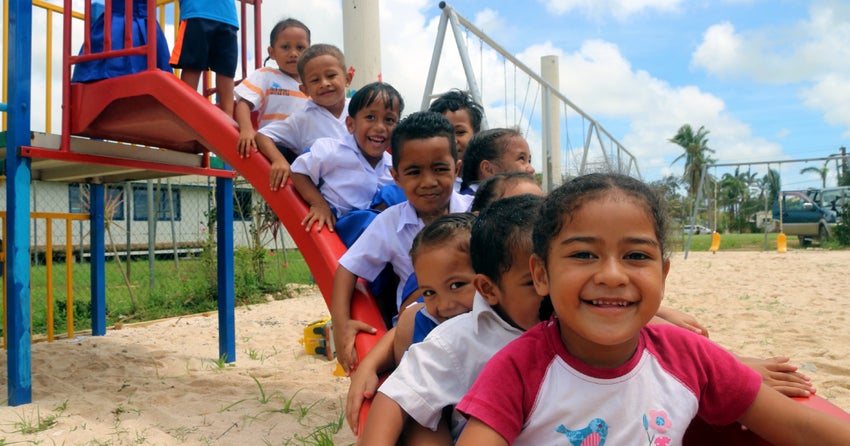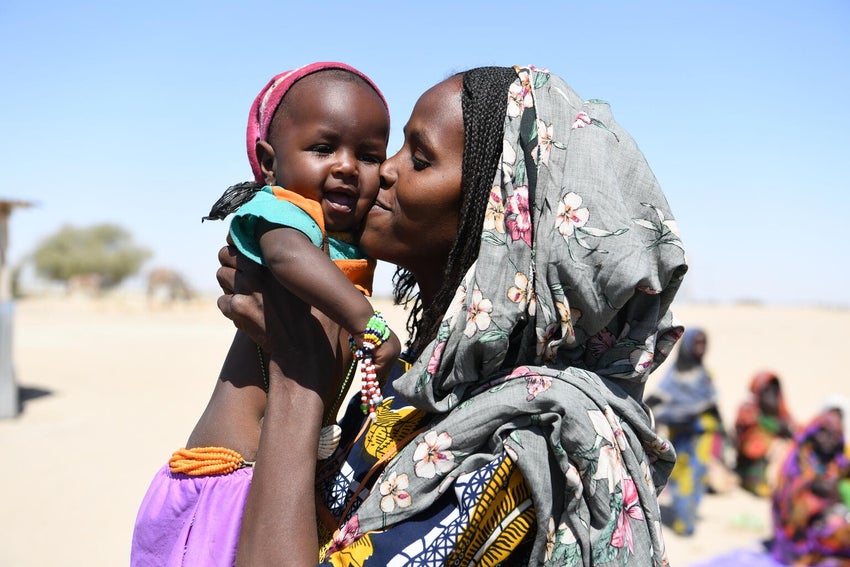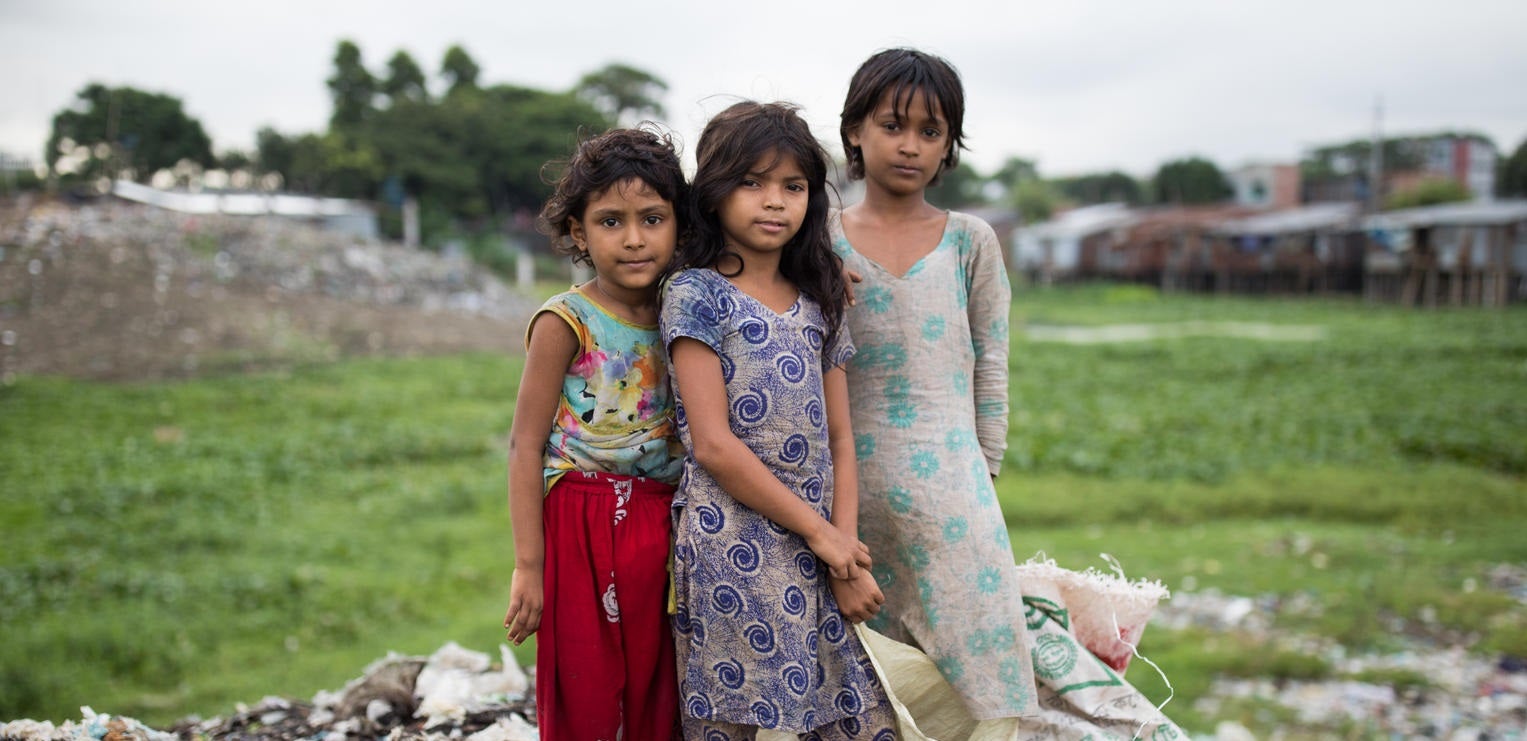Overview
In September 2015, world leaders set an exciting course for the future of human development with the adoption of the Sustainable Development Goals (SDGs).
The 17 Global Goals were designed to make sure that everyone is taken care of, and no one is left behind. The 17 goals may be ambitious, but they speak to the positivity and hope that the world has expressed towards what we all want for our collective future.
What are the United Nations 17 Sustainable Development Goals?
- No Poverty: End poverty in all its forms everywhere.
- Zero Hunger: End hunger, achieve food security and improved nutrition, and promote sustainable agriculture.
- Good Health and Well-Being: Ensure healthy lives and promote well-being for all at all ages.
- Quality Education: Ensure inclusive and equitable quality education and promote lifelong learning opportunities for all.
- Gender Equality: Achieve gender equality and empower all women and girls.
- Clean Water and Sanitation: Ensure availability and sustainable management of water and sanitation for all.
- Affordable and Clean Energy: Ensure access to affordable, reliable, sustainable, and modern energy for all.
- Decent Work and Economic Growth: Promote sustained, inclusive, and sustainable economic growth, full and productive employment, and decent work for all.
- Industry, Innovation, and Infrastructure: Build resilient infrastructure, promote inclusive and sustainable industrialisation, and foster innovation.
- Reduced Inequalities: Reduce inequality within and among countries.
- Sustainable Cities and Communities: Make cities and human settlements inclusive, safe, resilient, and sustainable.
- Responsible Consumption and Production: Ensure sustainable consumption and production patterns.
- Climate Action: Take urgent action to combat climate change and its impacts.
- Life Below Water: Conserve and sustainably use the oceans, seas, and marine resources for sustainable development.
- Life on Land: Protect, restore, and promote sustainable use of terrestrial ecosystems, sustainably manage forests, combat desertification, halt and reverse land degradation, and halt biodiversity loss.
- Peace, Justice, and Strong Institutions: Promote peaceful and inclusive societies for sustainable development, provide access to justice for all, and build effective, accountable, and inclusive institutions at all levels.
- Partnerships for the Goals: Strengthen the means of implementation and revitalise the global partnership for sustainable development.

Millions of people were involved in crafting this global agenda - governments, civil society, the private sector, academia, the UN system and individual people, including children and youth.
All of these people and more are now actively involved in implementing this agenda, starting from small communities, all the way up to the global level. This work aims to make sure that all people, including all children, will live in a safer, cleaner, more equal and prosperous world by the year 2030.
UNICEF is committed to being a key part of this important journey, working with a diverse group of partners to see that the Goals deliver results for every child and for generations to come.

Key facts
- The 2030 Agenda includes 17 Global Goals addressing the social, economic and environmental dimensions of sustainable development.
- Attached to the Goals are 169 specific targets measured by 232 indicators.
- 35 of these indicators are directly related to children.
- Most countries have insufficient data to assess whether they are on track to achieve the SDG targets for children.
- Available data show an alarming number of countries needing to speed up progress to reach global targets.
- Within countries, particular groups of children are at greater risk of being left behind such as children from households experiencing poverty, those living in rural areas or – often – adolescent girls.
- UNICEF, as the global leader of data for children, is the custodian for seven global SDG indicators and co-custodian for a further 10 indicators.

17 goals to transform the world
Check out this great video!
For children – Learn about the SDGs
The World We Want: A Guide to the SDGs for Children and Young People. (PDF booklet)
Access some great comic books explaining the SDGs. Comics Uniting Nations is a partnership between PCI Media and UNICEF, in collaboration with The World’s Largest Lesson and Reading with Pictures, to make the United Nations Sustainable Development Goals accessible to the citizens of the world through comics.
For teachers – Resources to talk about SDGs in your class
The World We Want: A Guide to the SDGs for Children and Young People. (PDF booklet)
The Road to the SDGs: A discussion with students - YouTube
World’s Largest Lesson promotes the use of the SDGs in learning so that children can contribute to a better future for all.
Access some great comic books explaining the SDGs. Comics Uniting Nations is a partnership between PCI Media and UNICEF, in collaboration with The World’s Largest Lesson and Reading with Pictures, to make the United Nations Sustainable Development Goals accessible to the citizens of the world through comics.

Subscribe and stay connected
Get the latest updates, inspiring stories, and ways to get involved, delivered straight to your inbox.
When you subscribe to UNICEF Australia’s email, you’ll learn how we’re making a difference in the lives of children, here in the Asia Pacific and around the world. From emergency relief to long-term development programs, UNICEF is there for every child when they need it most.



